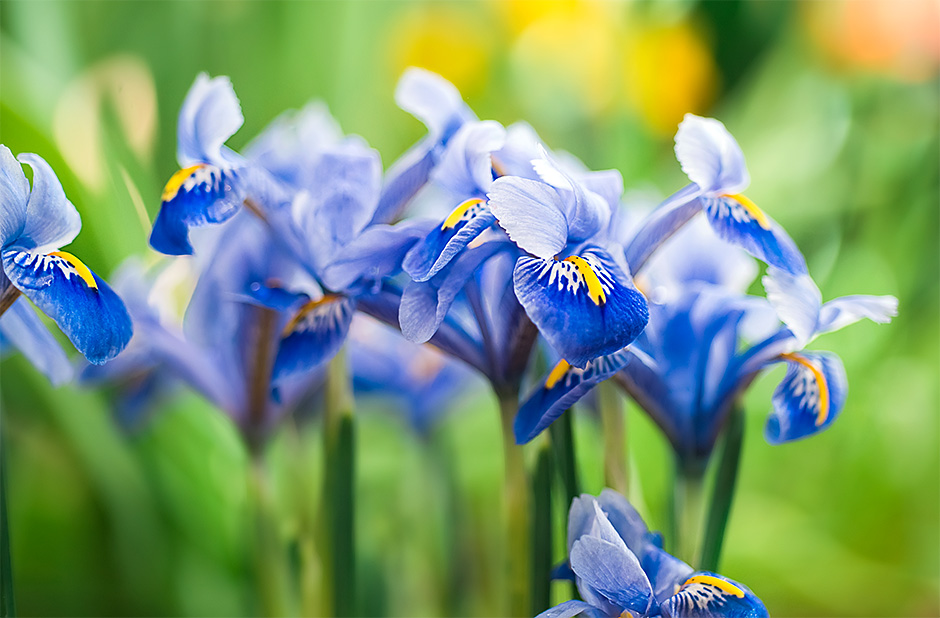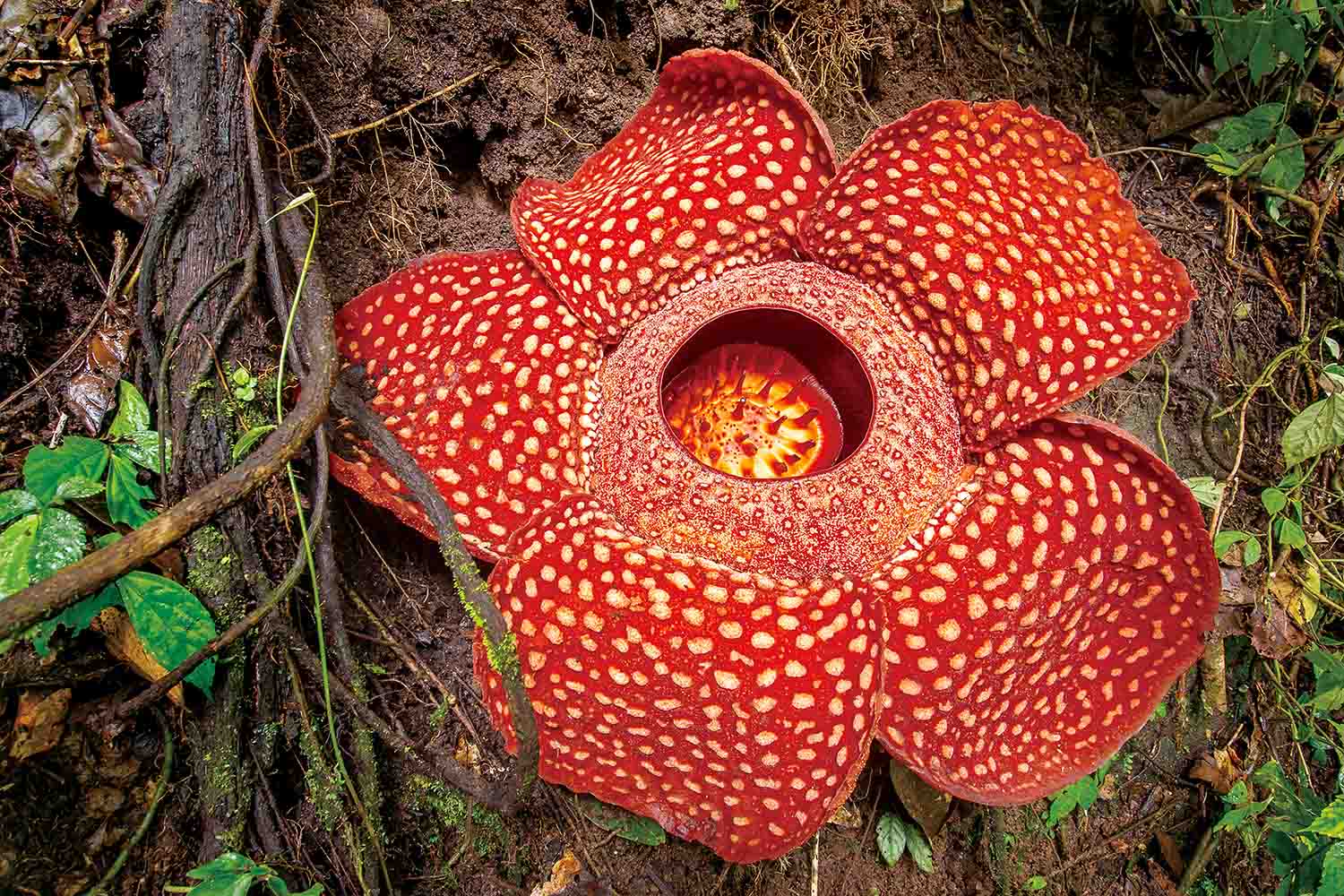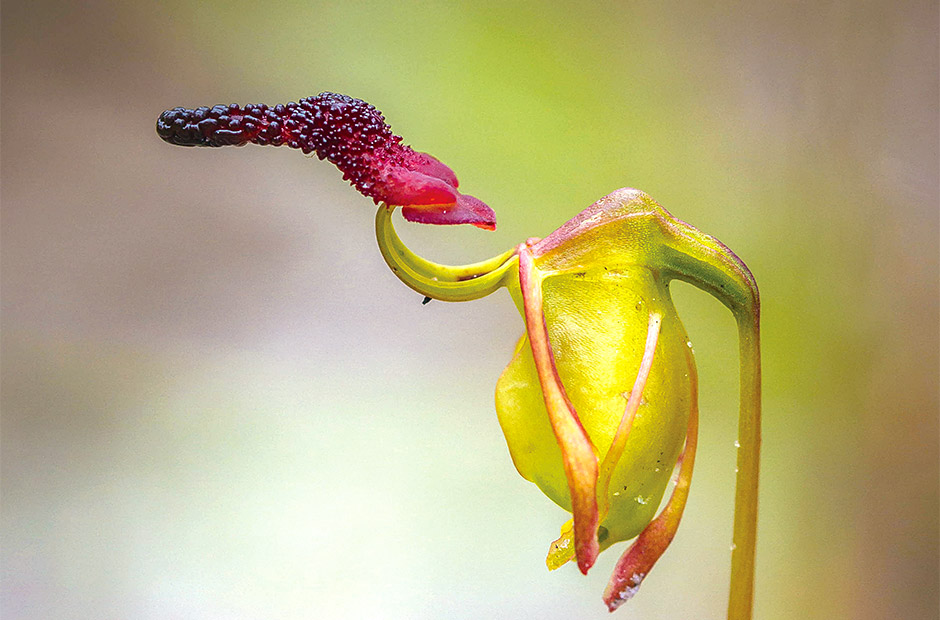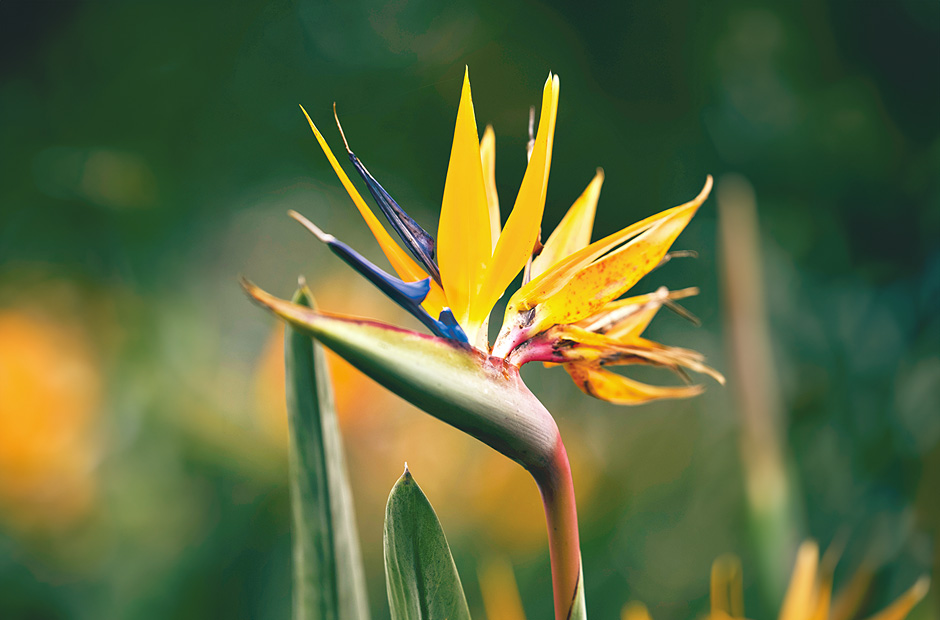Black locust which spreads fragrance along the spring wind, pink royal azalea all over the mountains, and a bunch of red roses . . . The charming and colorful flowers attract people’s attention, giving out the taste of late spring. Whom are these beautiful and fragrant flowers for?
There are cryptogams which have no flowers like moss or bracken, but most plants bloom flowers, make seeds, and leave offspring in the world. In order for seeds to be made, pollen which is made in a stamen needs to be in contact with a stigma; this process is called pollination. Since plants cannot move by themselves, they receive help from other things like insects, birds, water, and wind.
Colorful flowers and sweet honey
Two of five flowers are entomophilous flowers which are pollinated by insects such as bees and butterflies. The pollen that lands on the insects is transported to the stigma of another flower and becomes a seed of a new life. This way, insects become messengers of love despite themselves.
Notably, entomophilous flowers have fancy petals or calyxes. People are fascinated by them, but in actuality they are there to tempt insects. Just as people put up bright LED signs, plants bloom flowers of different colors to be conspicuous even in the green forest. However, insects see colors differently from humans because the wavelength of rays that insects can sense is different from what humans can. Insects that can see the UV rays even see the patterns of the flowers that humans can’t see.


They can’t captivate the hearts of bees or butterflies completely just with their splendid colors. That’s why plants hide nectaries deep inside the flowers and call the insects with their sweet honey. Iris sanguine and orchids have patterns of distinctive colors in the center just like the runway lights, contrasting with the color of the rest of the petals. Those colorful patterns help insects find the nectar without getting lost. The plants let the location of their flowers’ nectaries be known with the patterns and colors that only certain insects can distinguish. Here is hidden the plants’ strategy for effective pollination. The reason the center of many flowers is yellow is to draw the bees’ attention to the center.
As for butterfly stonecrops or false spireas, small and detailed flowers grow in bunches. Not only do they look like huge flowers, but it is also easy for the insects to land on them. On top of that, it makes it easy for the insects to move from flower to flower, which allows more successful pollination in a short period of time.
Some plants even have big fake flowers to be more conspicuous to insects. Mountain hydrangeas have big flowers on the outside, but those flowers do not have a pistil or a stamen. Their role is to be conspicuous. Thanks to these big fake petals, the insects can easily find the flowers. Once the real flowers are pollinated, the mountain hydrangea flips its fake petals over and sends a signal not to come near it. Mountain hydrangeas form a colony; they help the unpollinated flowers to be pollinated by sending bees to them.
Unique fragrance
The fragrance of flowers, too, plays an important role in tempting insects. Since the fragrance spreads far, it can attract insects even if the flowers are hidden by other plants or trees. However, not all flowers are fragrant.
Not only do flies have many species, but they also inhabit various places. Even in the places where bees or birds don’t live, there are flies. Flies fly at a rapid speed and can even change the direction instantly. They are also persistent and tenacious. All these are talents that make plants want them to be their pollen carriers.

Rafflesia, which is parasitic on vines, smells awful like rotting meat. It is not fragrant to humans at all, but to flies it is more fragrant than any other flowers. These flowers are reddish brown with white freckles, which are colors that flies like. Stapelia, a genus of succulent plants living in dry regions where there are not many bees, blooms red color of flowers to attract flies. These flowers have a rotten smell that is bad enough to make people frown, and they even have fur, imitating the dead bodies of animals that flies like.
Bulbophyllum virescens, a genus of orchids living in the Borneo Rainforest, call flies with a disgusting smell. These small orchids make a trap to capture the flies, and hide pollen inside. Upon smelling it, flies come and sit. Then the traps move, and the sticky pollen gets on the flies. They let the pollen get only on the flies of a certain size and weight. It doesn’t work for other insects, not even for other flies if they are different in size. That way, they raise the probability of pollination by using the pollination carrier of only one species and not letting their pollen get mixed with that of other flowers.
A more special way
Drakaea glyptodont, which is found in Southwest Australia, makes even more active efforts. To attract male wasp zaspilothynnus trilobata which will deliver its pollen, it makes itself look very similar to female zaspilothynnus trilobata. It even emits the same pheromones even ten times stronger as the ones the female wasps use to attract the males. Smelling the strong pheromones, the male wasps gather around the flower, and they have a fight for mating. However, even the winner ends up with pollen, not mating. The once deceived male wasps get intoxicated by the strong pheromones emitted by the flowers and fly to another flower. That way, the pollen is delivered to the pistil of another flower. The drakaea glyptodon basically makes its own mating successful, using the mating of wasps.


Ornithophilous flowers which are pollinated with the help of relatively small birds such as hummingbirds are often red, which is the color that birds like. Since birds have a good vision, they are more sensitive to colors than other animals. Since the birds’ sense of smell is not as developed as insects, most flowers that receive help from birds for pollination have no fragrance. The ornithophilous flowers, which tempt birds, hide honey deep enough for only the birds who have long beaks and developed tongues, not for small insects like bees or butterflies. In addition to that, they need to have enough honey for big birds to feel full and space and strength for them to land stably. Bird of paradise flowers, which were named after the bird of paradise, do not only have the colors of the birds of paradise, but they even look like those birds with their wings spread. They even have perches to make it easy for the birds to sit on them.
There are some plants that use natural phenomena, not another organism. Anemophilous flowers, which borrow the power of the wind, make extremely small and light pollen that can easily be blown by even a little breeze. Pine trees and gingko trees belong to this kind of flowers. Since it is not guaranteed that the pollen will be delivered to the desired location by the wind, they usually bloom a lot more male flowers which have pollen. The pollen of pine trees has aerocysts which allow them to spread even further.
The earth is where living organisms live generation after generation. Here, living organisms of millions of different species with their own unique appearances live together in obedience to the invisible order of nature. In different ways, they compete or live together in order to reproduce their offspring. Not only animals, but also plants have a desire to preserve their species.
The efforts of plants to reproduce their offspring are surprisingly active and strategic. To get the seeds that embrace a new life, plants make a lot of efforts. Plants know how to live as part of the ecosystem without going against the providence of nature. Indeed, the world of nature in itself is wonder. In front of nature, we humans are only one of the many different kinds of living organisms that exist on the earth.
- Reference
- Lee Seong-gyu, Mysterious world of plants, Daewon, 2016
- Lee Seong-gyu, Plants’ Way of Survival, Daewon, 2003
- Choi Ju-yeong, Fun Story of Plants, Gana, 2007
- EBS, DocuPrime; Green Animals’ Mating Part 3, Sep. 28, 2016